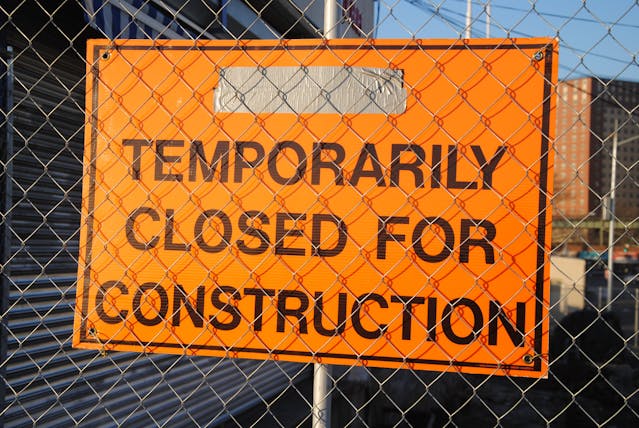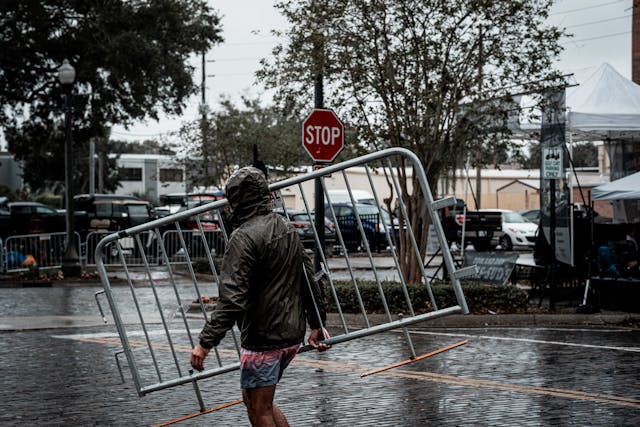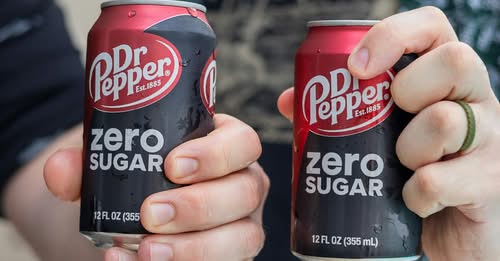Temporary fencing is crucial for many commercial and industrial projects, providing security, safety and compliance with local regulations. Whether you’re managing a large construction site, a public event or civil works, the right fencing solution can make or break your operation.
With so many types of temporary fencing out there, it’s important to match the solution to your project’s needs. Not all fencing is created equal and what works for a short term event may not be suitable for a long term construction site.
In this article we’ll look at the key considerations when choosing temporary fencing for your commercial project and the types of solutions available to help you make an informed decision.
Why Temporary Fencing Matters
Before we get into the types of fencing, let’s understand why temporary fencing is not just an optional extra – it’s essential.
Security
Temporary fencing is a first line of defence against trespassers, theft and vandalism. For construction sites or industrial yards, unauthorised access can mean serious safety risks, insurance issues or delays to project timelines. A good fencing solution protects equipment, materials and personnel from harm or interference.
Safety
Public and worker safety is paramount on any commercial site. Temporary fencing ensures hazardous areas – such as excavation zones, demolition zones or heavy machinery zones – are cordoned off to prevent accidents and liability claims.
Compliance
In most Australian states including Western Australia, construction and event sites are legally required to be fenced with temporary fencing that meets specific height and stability standards. Not complying can mean penalties, fines or work stoppages.
Crowd Control
For large events, festivals or public gatherings, fencing is critical for managing foot traffic, directing vehicle flow and keeping patrons away from restricted areas. The right fencing solution enhances the experience while maintaining order and safety.
Key Considerations When Choosing Temporary Fencing
To choose the most suitable fencing for your project, you’ll need to assess several factors:
1. Project Duration
Short-term projects, such as weekend events or temporary installations, might only require lightweight fencing that’s easy to transport and install. Long-term sites, such as infrastructure projects or multi-stage commercial builds, demand more durable and weather-resistant solutions that can withstand months (or even years) of exposure.
2. Location and Ground Conditions
Is the ground level, rocky, muddy, or uneven? Certain fencing systems require secure footing or anchoring, so understanding your site’s terrain is critical. Wind exposure and slope gradients also influence the stability and anchoring methods required.
3. Security Requirements
Are you protecting valuable equipment or preventing unauthorised access to a restricted area? The level of risk will dictate whether you need standard panels or more robust options like anti-climb or hoarding-style fencing.
4. Visibility Needs
Do you want to keep the site visible from the street, or are you trying to reduce visibility to protect equipment or ensure privacy? Mesh fencing allows visibility and airflow, while solid panels or shade cloth add a layer of privacy and dust control.
5. Compliance and Certification
Ensure that the fencing provider complies with all local safety standards and OH&S regulations. In Western Australia, fencing must generally comply with Australian Standard AS 4687-2007, covering height, strength, and stability requirements for temporary fencing systems.
Types of Temporary Fencing Solutions
There’s no one-size-fits-all approach to temporary fencing. Below are common options available and what they’re best suited for:
1. Standard Temporary Mesh Fencing
This is the most common type of temporary fence used on construction and commercial sites. It features galvanised steel mesh panels that are lightweight yet strong, making them easy to install and relocate as the site evolves.
Best for:
- Building sites
- Civil works
- Perimeter security
Pros:
- Cost-effective
- Quick to deploy
- Compliant with most council requirements
2. Anti-Climb Fencing
Designed with narrower mesh spacing, anti-climb panels prevent people from getting a foothold or grip—making them ideal for high-security sites or locations prone to trespassing.
Best for:
- Sites with high public exposure
- Infrastructure and government projects
- Areas near schools or pedestrian zones
Pros:
- Deters unauthorised access
- Higher level of protection
- Maintains airflow and visibility
3. Hoarding Panels / Solid Barrier Fencing
These solid steel or timber panels provide a complete visual block, often used for urban construction sites where appearance and dust control are important. They also reduce noise and improve aesthetics in public-facing areas.
Best for:
- Urban or high-traffic areas
- Shopping centres and commercial buildings under renovation
- Privacy-focused projects
Pros:
- Blocks visibility and dust
- Strong and stable
- Great for branding or signage opportunities
4. Temporary Pool Fencing
For commercial developments with new pools, child care facilities, or water features, temporary pool fencing is required to meet strict safety regulations before permanent solutions are installed.
Best for:
- Childcare centres
- Residential development projects
- Commercial pools under construction
Pros:
- Designed to meet pool safety codes
- Prevents accidental drownings or injuries
- Fast to install
5. Event Fencing and Crowd Control Barriers
Used for managing crowds, queuing systems, or defining event zones, these lightweight barriers are essential for everything from festivals and expos to sporting events.
Best for:
- Music and food festivals
- Parades and street events
- Sports venues and temporary carparks
Pros:
- Portable and reusable
- Easy to link together
Helps direct foot and vehicle traffic
Work with a Trusted Provider
No matter what kind of project you’re managing, choosing the right fencing partner is just as important as selecting the right product. Look for a provider who offers:
- Site inspections and custom recommendations
- Installation and removal services
- Equipment that meets Australian standards
- Scalable solutions for large or multi-stage projects
- Fast turnaround times and flexible rental periods
Working with experienced temp fencing providers like Fortawall ensures you get not only the right product, but also the right advice and support for your project’s specific requirements.
The Smart Approach to Temporary Fencing
Temporary fencing might seem like a simple logistical step—but getting it right is crucial to maintaining safety, compliance, and operational efficiency on your commercial site. By understanding the options available and matching the right solution to your project’s needs, you can ensure smooth site management from start to finish.
From construction zones to commercial redevelopments and large-scale events, investing in the right temporary fencing solution will pay off in reduced risk, smoother workflows, and greater peace of mind.





